The Goal Of Your Consulting Website Is To Display As Many Trust Signals As Possible
The purpose of a website isn't to explain what you do; it's to build trust in what you do. You do that by displaying the highest possible trust signals you're able to display. Here are 20 options.
Hi, I’m Rich. Welcome to my weekly newsletter where I share systems and frameworks for scaling your consulting practice from $0 to $1m+ in revenue.
You can get 1:1 personal coaching or explore my new course: Proposal Mastery: Learn To Write Winning Business Proposals.
A Simple Activity You Can Undertake Right Now
Here are three consulting websites below - which one instantly creates a sense of trust?
If you’re looking for marketing support, who are you most likely to connect with?
And pay attention to what your eye instantly jumps to. You probably ignored most of the text (the unique positioning everyone spends countless hours refining), jumped to the logos, photos, and any proof. You likely also considered the general feel of the website in your evaluation of who you would hire.
Thus, you probably ranked option 2 first, followed by option 1 and then option 3 (large blocks of text never fare well).
These are trust signals in action. And the more of them you can display on your website, the more successful your website will be.
(You can play the game yourself if you like. Place your website on a list alongside your competitors and evaluate how they perform amongst a group of acquaintances (especially those who can give genuine feedback).
What Is The Purpose Of Your Website?
I’ve noticed that the vast majority of coaching clients I work with spend far too much time on describing what they do on their website and far too little time on establishing trust in what they do.
When someone visits your website, you have an extremely brief opportunity to establish trust. At least enough trust so they’re willing to reach out to you.
What you say matters, for sure, but I’m betting (without scrolling up) you already can’t remember the unique messaging of each of the three sites above.
The critical role of the website is to establish trust that you can solve a prospect’s problem.
That means you need to be clear that:
They are the right kind of client.
They have the kind of problem you can solve.
You can be trusted to solve it.
Examining the websites of many newsletter subscribers reveals that the vast majority have focused on points 1 and 2, but have entirely failed to build any sense of trust.
Essentially, you’re hoping a prospect will take the word of a complete stranger at face value.
That’s not likely to happen. What’s more likely is that the prospect doesn’t see any reason to trust you, so they go through the next few sites on the list.
To change that, we need to introduce trust signals.
Trust Signals
Trust signals are an escalating ladder of proof that prospects can use to consider whether they should hire you. There are plenty of signals you can display that build trust, and we’ve divided them, below, across five levels.
Category Zero: Website Design And Functionality
The lowest trust level is to have a good website design and functionality. In the era of templates available from Squarespace and Wix, and vibe-coding tools like Lovable, there is really no good excuse for not having a website that meets the basic design standards.
If you don’t have a website, or the website is broken, or doesn’t meet the basic principles of good design (i.e., good spacing, contrast, and alignment, etc). Nothing else really matters - clients won’t trust you.
It’s a little like visiting a dirty, dingy restaurant with a broken sign outside - these things matter.
Category One: Self-Asserted Claims
This is the very basic level of trust required when you visit a consultant’s website (aside, if you don’t have a website, you’re not even in the game).
This includes your claims and positioning (are you targeting them with a service they need?), your process and methodology (is there anything that makes you stand out), and any useful resources you post on your site.
There is nothing bad about this, but if this is all you’re showing, there is no reason for people to trust you.
Category Two: Weak Signals
This is where you show anonymous testimonials and logos. I’ve already written about the problem with logos, so we’ll skip that for now and focus on anonymous testimonials.
This is better than nothing, but there’s a healthy skepticism about anonymous testimonials. And for good reason, if around 30% of online reviews are fake on third-party sites, it’s not hard to guess that a large percentage of anonymous testimonials on a consultant’s site are made up.
This is why anonymous testimonials primarily appear on the websites of new and less established consultants - and are largely absent from larger and more established firms.
The name of the person giving the testimonial is critical. It’s the proof that this is real. Once I see someone’s name on a website, I can track that person down and ask them what it was like working with that person.
(Also, it would be incredibly ballsy to use someone’s name on a testimonial they didn’t approve).
That’s why anonymous testimonials aren’t worth much. In my experience, most clients are happy to supply their names with a testimonial. Why would they not? Most testimonials don’t contain confidential information. It’s a sign of a healthy relationship and positive outcomes if there’s a name with the testimonial.
There is only one situation where a client doesn’t allow their name to be included on a testimonial. It’s not about privacy or confidentiality; it’s about internal rules on endorsements.
Some companies don’t allow their staff to give endorsements for companies. That’s the only situation where I suspect anonymous testimonials are valid. However, even in this scenario, I’d include a note stating, “Reference available on request.”
The mixture also matters here. Featuring one or two anonymous testimonials alongside dozens of named testimonials is far less suspicious than presenting a page of anonymous testimonials alone.
If you don’t have any named persons giving you a testimonial, that’s a problem.
The other factor is the specificity of the testimonial and whether it feels authentic. Business buyers are savvy. They know that the standard approach to a testimonial is to provide someone with pre-written content for approval. So, whether the testimonial is vague and generic or specific in terms of the problem, the method, the solution, and the results matters a lot.
Category Three: Reputation Signals
I recently read an article that it’s harder to create a fake identity for spies today because you have to try to retroactively create an entire social media identity that people can verify. If the spy has no reputation or backstory, why would you trust them?
The same is true of consultants. The longer you’ve been in the game and can display your reputation signals, the more trustworthy you are likely to be. It’s proof you didn’t set up your stall yesterday (and might be gone tomorrow).
These reputation signals can include:
Accreditations. We’re ISO 27001 certified, for example, but any training courses, memberships, or other accreditations are also suitable here.
Media mentions. I’d include speaking events, as being on stage is proof of external validation, although these images can be overused. However, any external mentions you can provide might be helpful.
Awards. I haven’t personally entered for any awards, but I think they add value if displayed well.
Subscribers/followers. I think showing this information is actually useful when done well. In the screenshot above, you see that we highlight the 20k+ subscribers on our mailing list. This is a powerful signal that we didn’t just appear yesterday, and many in the industry trust us.
You don’t need to use all of these, but find the two to three things that are essential to you and then display them proudly.
What you want is clear, external proof that you’re someone others trust.
Category Four: Results Signals
This is where you prove that what you do really works. You want clear proof that you have done the work, and clients are happy with your work.
This includes:
Named and video testimonials. I believe video testimonials are the gold standard of proof that the client is happy. Because only a happy client will take the time to jump on a video call to share the results of the work. You can see how we display video testimonials in proposals here.
Logo + scope. This is where you show not only the logo but also the date, duration, and type of project. This helps reduce the fudge factor.
Mini-case snapshots. This is a simple, results-centric case study that showcases your work with the brand and the immediate results.
Artefacts. In many cases, you can point to the work you’ve done and say, “Hey, I built this”. This works a lot better for freelancers, designers, and developers than consultants - but it can still help to point to the specific things you’ve created and help create. People love to see the actual outcome of your work.
Again, you don’t need to include all of these - but you should include at least some oft these.
Category Five: Verified Proof
This is the ultimate level to achieve - independent, verified, and proof from third-party sources that you are as good as you say you are.
This can include:
Full case studies with approved quotes. I’d strongly recommend securing some case studies from clients. This should be a detailed overview that clearly outlines the problem, explains how it was solved, and presents the results, including client quotes and testimonials to demonstrate their satisfaction with the case study. I know of one vendor that offers discounts for case studies, which may be one way to address the challenge of obtaining them.
Third-party reviews. These are simple reviews on Google and other sites that show client satisfaction. You usually need to claim the knowledge graph to make this work and proactively solicit reviews from clients.
Referenceable clients. Many consultants bury a ‘references available upon request’ note at the bottom of a proposal and pray the prospective client doesn’t take them up on it. If they do, they then need to find someone who likes them to provide a reference. I do the opposite. I give people a list of 20 to 30 past clients we’ve worked with in the proposal itself and invite them to contact any one of them at any time. Each has agreed to be on that list and is happy to have the call.
Audited/verified impact. This is where you rely on an external person(s) to verify the results of your project. Some organisations, like Forrester and the ROI Institute, offer this as a service. But that’s not always cheap. Other options include:
Using external benchmarking services, surveys, or analytics platforms to measure before-and-after impact. Get some degree of verification of results.
An auditor’s letter “We reviewed ClientCo’s customer service costs before and after Consultant X’s program. We confirm that reported savings of £240,000 were reflected in departmental budgets.”
Academic / research partnerships. Academics are always looking for data for their studies - undertaking a joint study can be invaluable.
Use of certified tools. Use tools that automatically generate results dashboards (HubSpot, Gainsight, Google Analytics). Ask the client to allow you to publish the dashboard excerpt.
Make Trust Signals a Powerful Moat
Anyone can duplicate your website and service listings tomorrow and claim to be a consultant of equal standing.
The critical thing to progress in your career is to create a system to collect signals of trust and then strategically display them on your website.
As your practice expands, display more and more signals over time.
Gathering this isn’t easy - but that’s the point. It should be hard to build these things in, which is why you want to do it. The harder it is for you, the harder it will be for others to compete with you, and the more confident the client will be that they’re hiring the right person.
Good luck!
Connect with Rich
Are you new to the newsletter? Subscribe for free
Follow me on LinkedIn for more insights
Learn to write persuasive business proposals with my Proposal Mastery course.
Get 1 to 1 personal coaching. Get a personal coach to help you grow your consultancy practice. Tackle topics like positioning, client acquisition, delivering exceptional value, industry leaderships, and building the systems to thrive. Hit reply or learn more about my coaching approach.



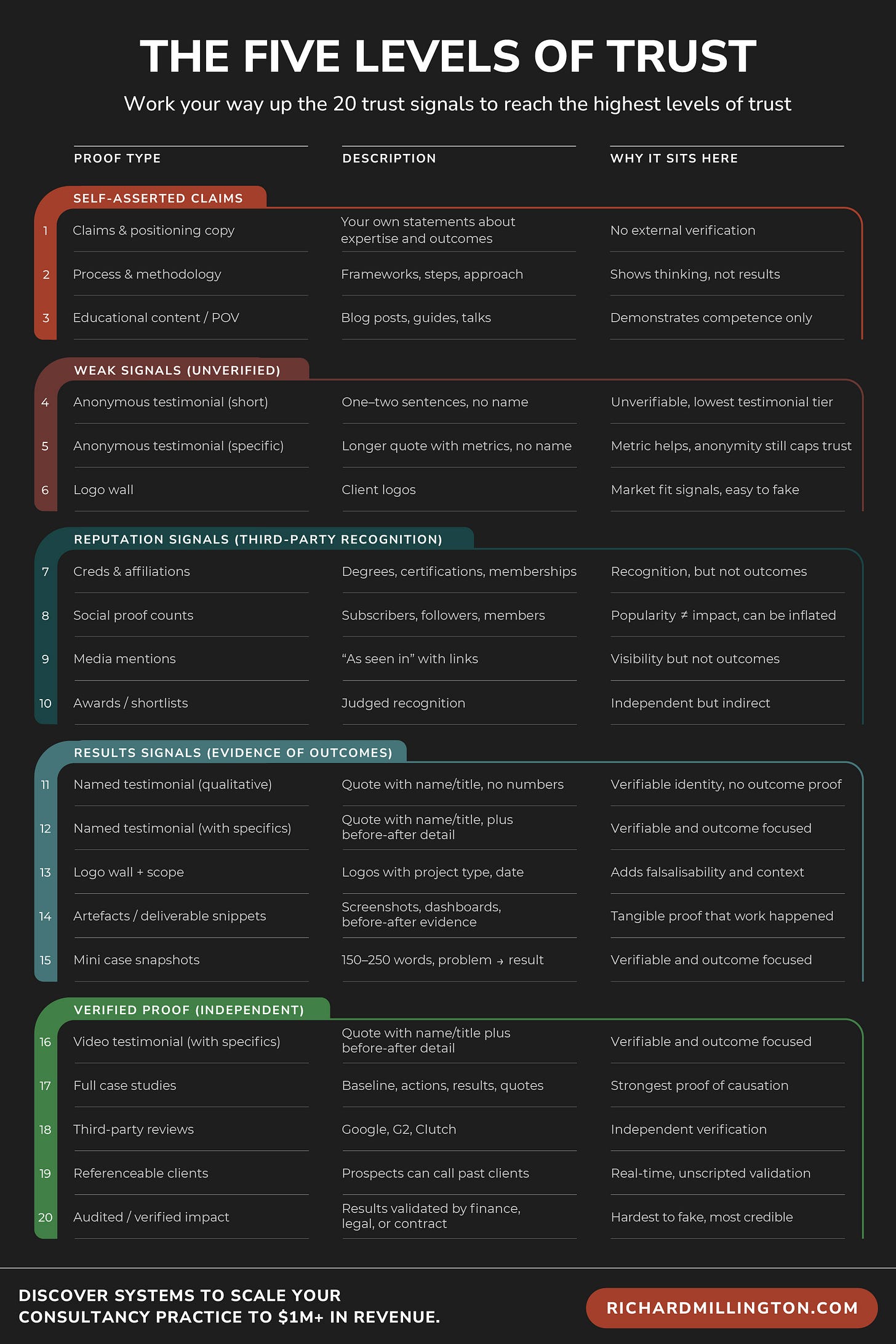
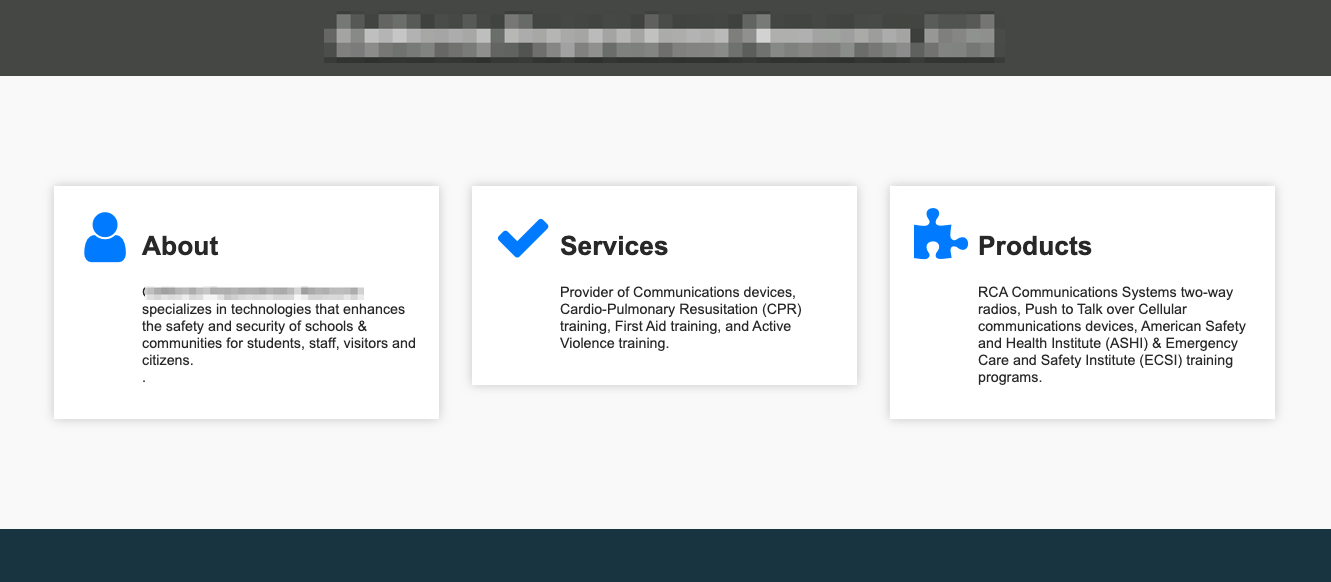
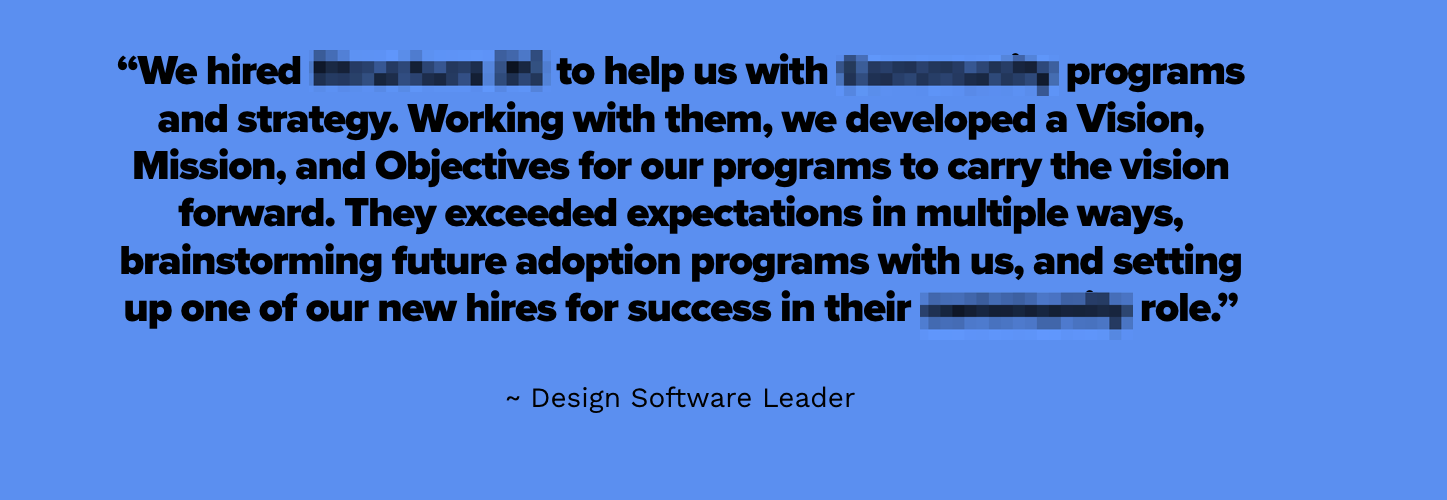
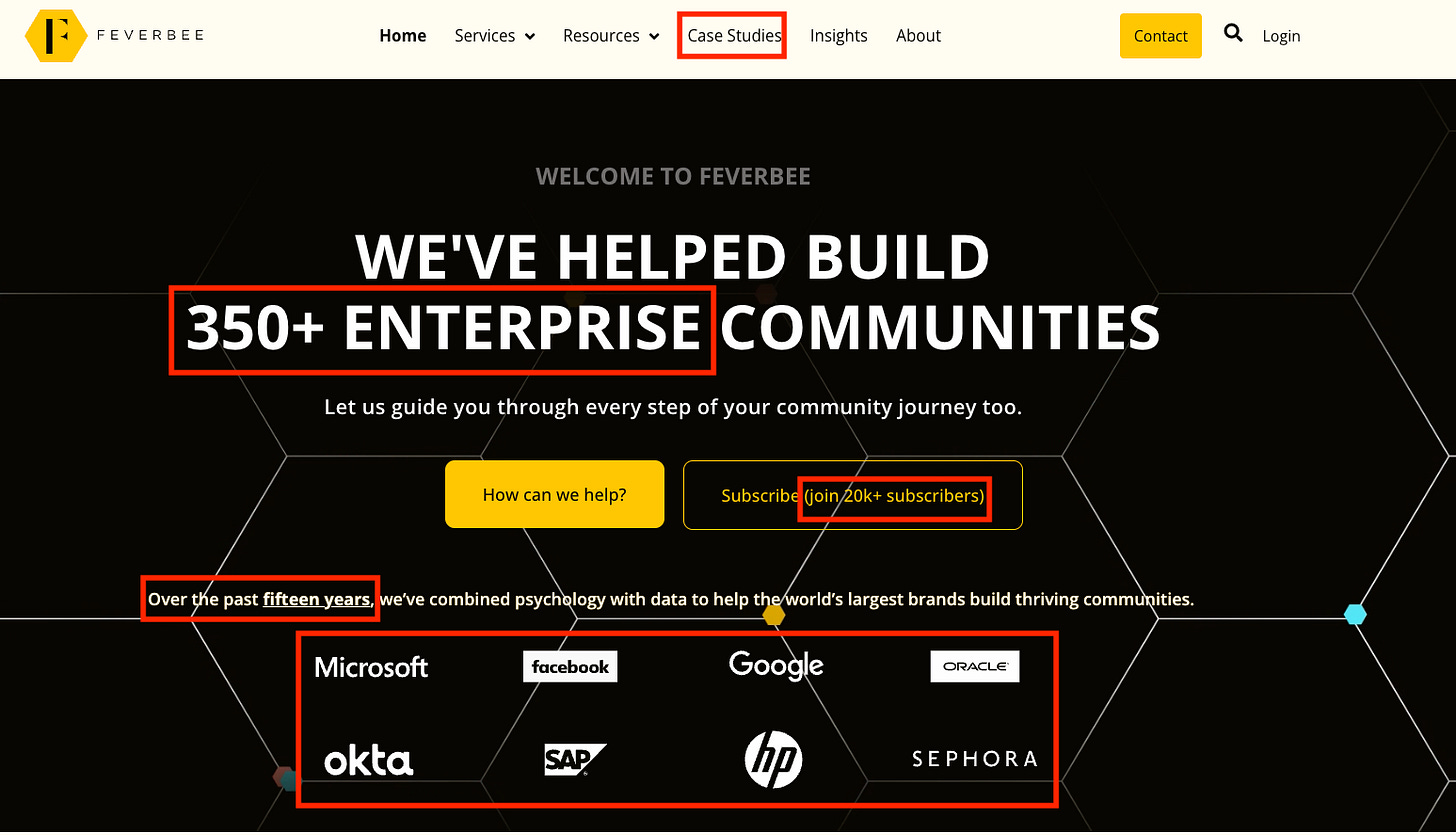
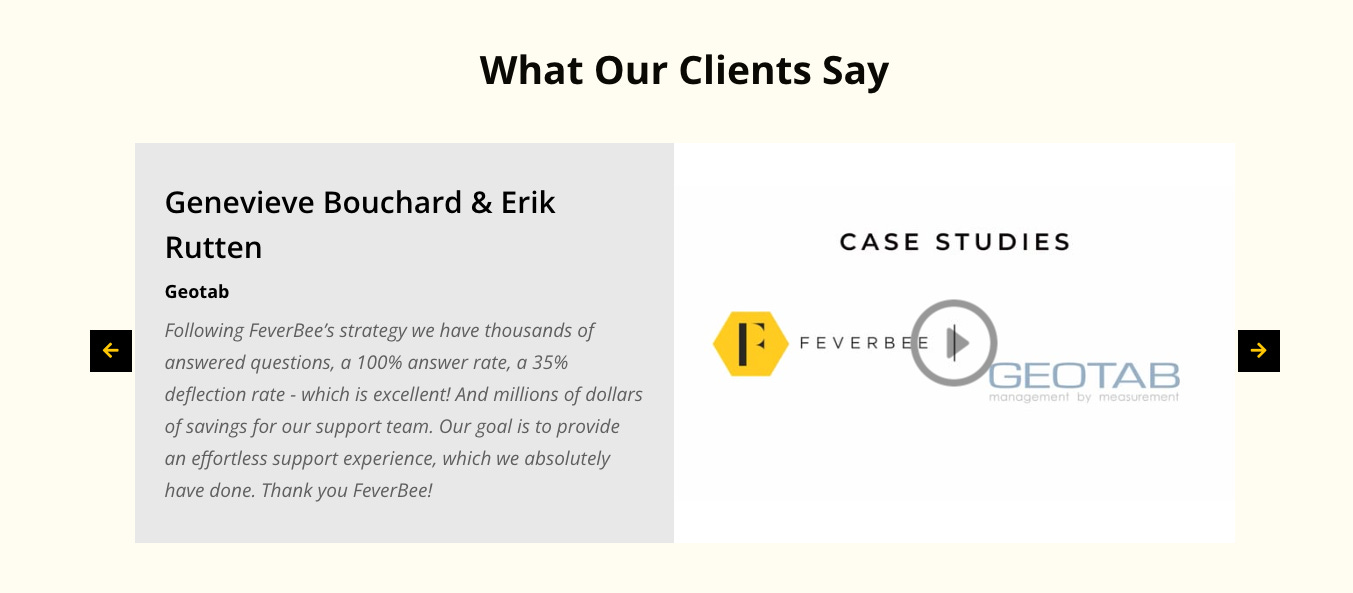
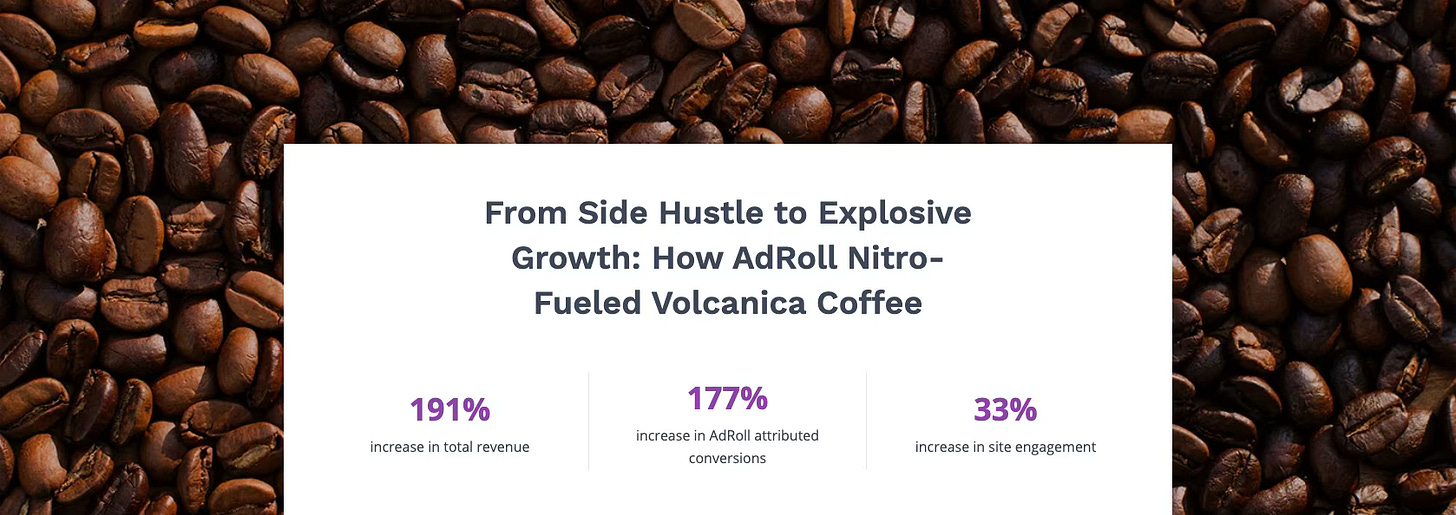
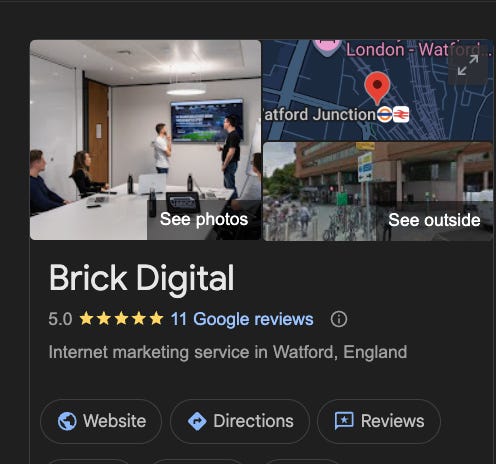
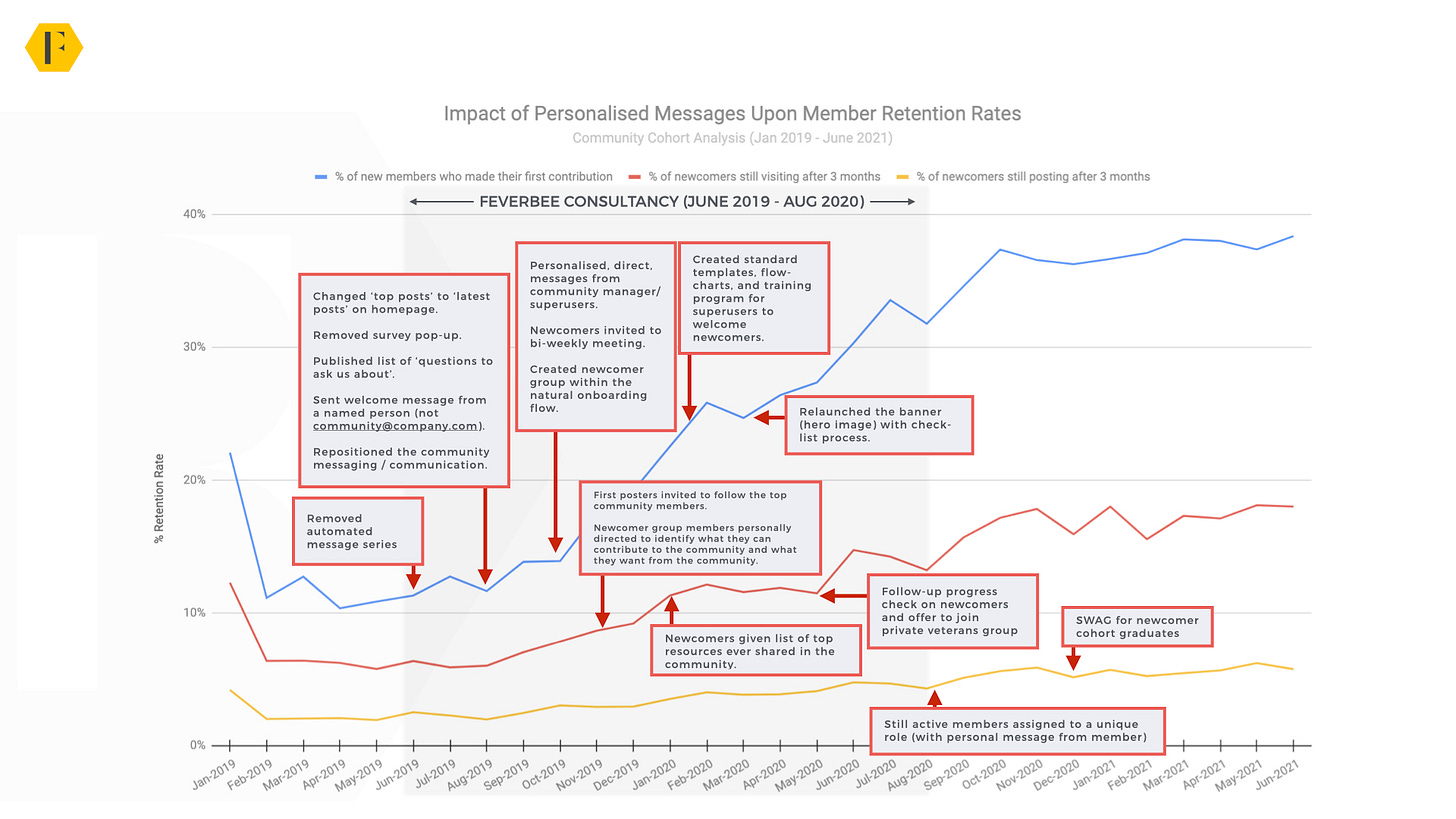
A brilliant article, thank youA brilliant article, thank you so much for sharing. I appreciate how generous you are with your sharing of insights and understanding. so much for sharing. I appreciate how generous you are with your sharing of insights and understanding.
Good stuff, thank you for sharing. A trustworthy website really is the best business card.